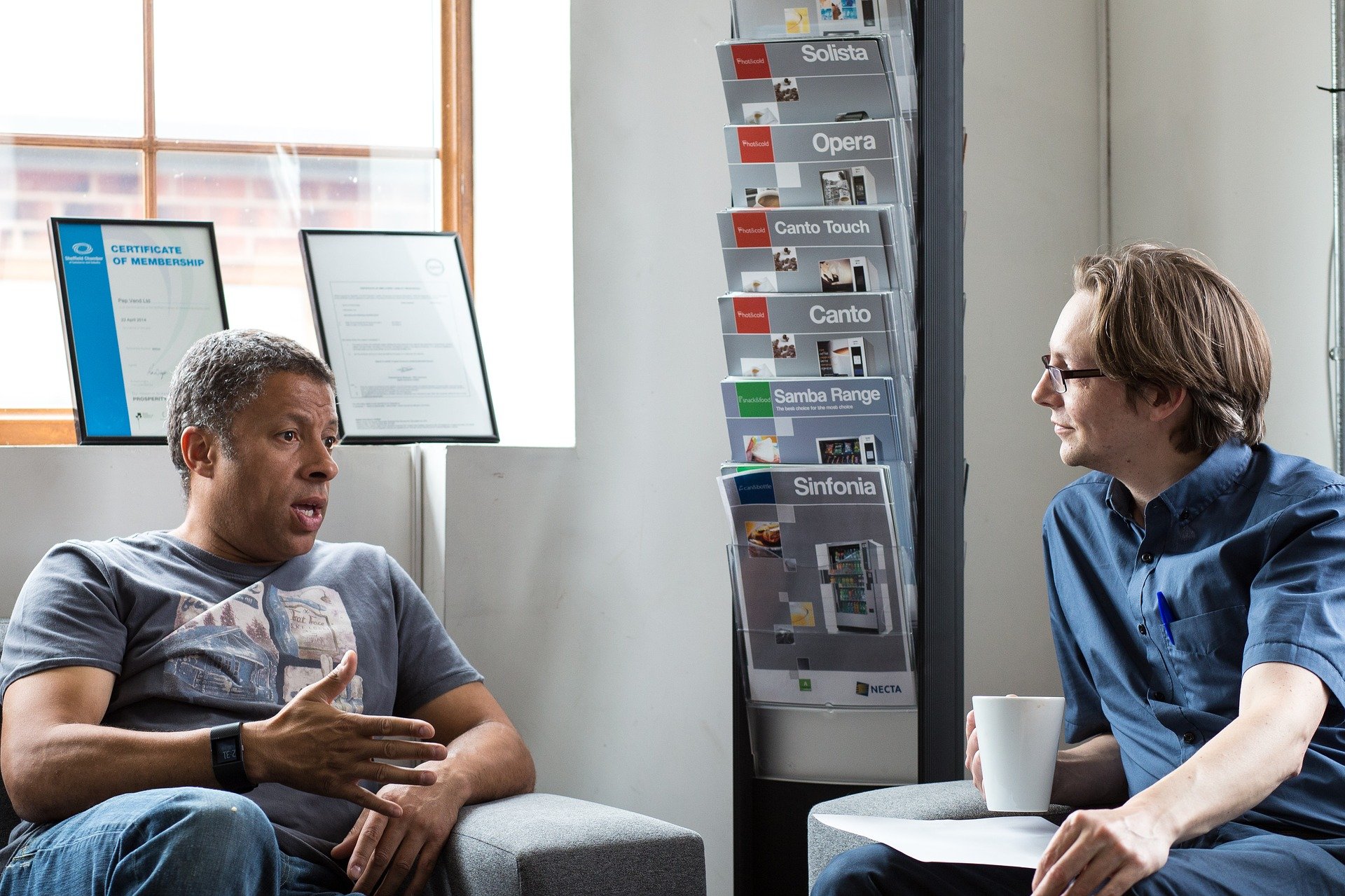By Peter Weddle, CEO TAtech
For all its up and downsides, remote work has made one thing very clear: we humans are social animals. In March of next year, I doubt there will be a lot of us saying, “Gee, I totally miss those Zoom calls.” Sure, being back in the office, even if it’s only for a day or two each week, will breathe life back into watercooler discussions and lunchtime debates, but it will also do something else. Something that’s essential to the optimization of our work. It will restore serendipity.
Organizations are lifeless creations. They are a chart full of blocks connected by lines. It’s only when people animate them that they acquire the power to engage in important activities. Organizations – whether they’re for-profit companies or nonprofit associations, whether they’re global enterprises or small businesses on Main Street – aren’t inventive or bold. Only people are. And, they’re at their best when serendipity is roaming the halls.
Avichal Garg, a serial entrepreneur and partner at Electric Capital, puts it this way, “Creative problem solving requires looking at problems differently, and having serendipitous interactions with other people allows you to see problems and discover solutions in new ways.”
Being able to stop by a colleague’s desk and hear about the project they’re working on or to bump into an old friend at the office coffee machine and ask for their advice on a new assignment you’ve been given or even to grab a quick lunch with a mentor to talk through a problem that’s got you stumped – those interactions never appear on a company’s org chart, but they are the clean energy of innovation and ingenuity. They are the human power of competitive advantage in the marketplace.
Which begs the question, where’s the serendipity in the recruiting process? If spontaneous interactions are so important to creative outcomes, how do we restore or, more likely, build them into the way we acquire human talent?
Decalcifying the Recruiting Funnel
The most common image of the recruiting process is a funnel. It depicts a one-way flow of information and people through a static set of activities toward an inevitable conclusion: the selection of a person to fill a vacancy. It is about as calcified and unimaginative a concept as one could devise. To put it another way, the recruiting funnel is an image only the developers of org charts could love.
The challenge for recruiters, therefore, and for the talent technology industry that supports them is this: as we begin to go back to the serendipitous interactions of face-to-face work in the office, how do we inject the same opportunities for innovation and ingenuity into our face-to-face acquisition of top talent?
One way to begin is by asking ourselves some questions:
Why do we describe jobs in our recruitment advertising the way those positions are defined on an org chart? Why do we focus on “requirements” and responsibilities” when what employment prospects – especially high performers – want to know is “what’s in it for them”?
Why do we treat interviews as interrogations designed to weed out as many candidates as possible by relying on people – hiring managers – who are largely inept at doing so? Why are interviews scheduled as formal meetings rather than as semi-organized everyday encounters?
Why are so many organizations’ databases of former applicants treated as refuse dumps with no recycling value? Why is the creation of pools of non-applicants important enough to be recognized as recruitment marketing, while interactions with an existing pool of applicants don’t even get a name?
Our serendipitous moments will flourish again once we can safely return the office. Those unplanned, informal, unstructured interactions will reignite the innovation and ingenuity that produces our best work. Except in talent acquisition. It will still be constricted by a calcified funnel … unless we start now to ask and answer the questions that will infuse it with spontaneity.
Food for Thought,
Peter
Peter Weddle is the author or editor of over two dozen books and a former columnist for The Wall Street Journal. He is also the founder and CEO of TAtech: The Association for Talent Acquisition Solutions. You can check out his latest books on Amazon or in the TAtech Bookstore.

